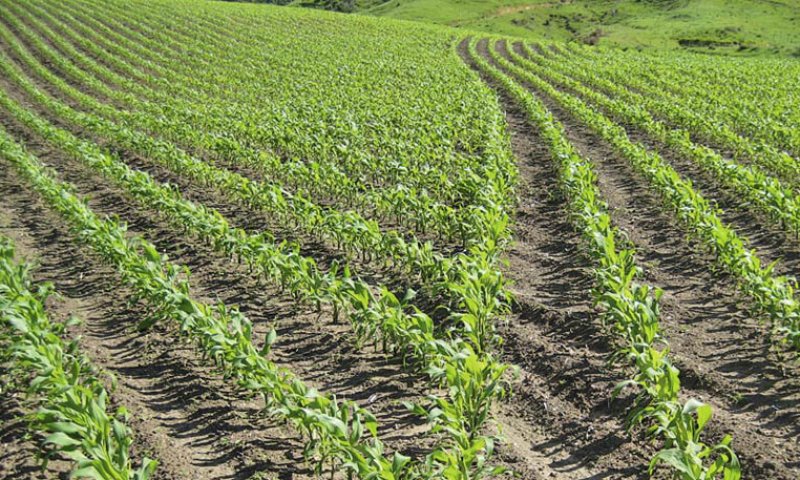Genetically modified organisms could potentially do a lot of good for the world, like ending the spread of diseases, or maybe one day helping us grow more food to feed the hungry.
There’s a big problem, though. When you release altered species out into the wild, how can you prevent them from breeding with untweaked organisms living in their natural environment, and producing hybrid offspring that scientists can’t control or regulate?
“This is a problem that has been recognised for a while,” says synthetic biologist Maciej Maselko from the University of Minnesota.
Together with his team at the university’s BioTechnology Institute, Maselko has come up with a radical solution to this scientific dilemma – but it’s not one that any procreation-inclined GMOs will like too much.

“We want something that’s going to be identical to the original in every way, except it’s just genetically incompatible,” Maselko explained to Nature.
…
The initial findings are reported in Nature Communications, and the newer research is being presented at the Plant and Animal Genome Conference in San Diego this week.
Read full, original post: Scientists Are Engineering GMO Species to Self-Destruct After Breeding in The Wild































